Computer Scientists from Sandia Labs Invited to National Cybersecurity Showcase
Two Sandia National Laboratories computer scientists are earning national recognition for cybersecurity platforms they developed. Adrian Chavez and Vince Urias will pitch their software to investors, entrepreneurs and prospective customers during the Cybersecurity Technology Virtual Showcase, which runs July 21-30 and is sponsored by the U.S. Department of Energy.
Combined, Chavez and Urias led the creation of four of the technologies to be showcased.
Chavez and his team have created an ability to continuously update software without any downtime, making these systems more secure without affecting the availability of critical systems.
Called Containerized Application Security for Realtime Software Upgrade and Patching, or CAPSec, the platform runs multiple copies of software simultaneously. One runs while another is updated. Then they seamlessly swap places without dropping any information.
Chavez will present CAPSec on July 30.
Sandia has also developed Artificial Diversity and Defense Security, or ADDSec, which automatically detects threats within industrial control system computing environments in real time. Machine-learning algorithms recognize anomalous behavior and then classify these anomalies into categories of attacks.
Chavez will present ADDSec on July 23.
Cloud Hypervisor Forensics and Incident Response Platform, or CHIRP, is a cloud-based platform that enables analysts to track and record attacker actions for forensic analysis. The platform may also be used to disrupt malicious copying, deleting, encrypting and relocating of data in a cloud-based environment.
CHIRP collects evidence when adversaries attempt to gain access to unauthorized information through malicious online activity and provides information to incident responders in real time without disturbing the user’s work or alerting the intruder.
Urias will present CHIRP on July 28.
Rather than simply blocking a discovered intruder, Sandia technology can ensnare them in an alternative reality. The High-fidelity Adaptive Deception & Emulation System (HADES) feeds a hacker not what he needs to know but what he wants to believe.
The discovered hacker is led unobtrusively into HADES, where cloned virtual hard drives, memory and data sets simulate reality. Certain artifacts have been deliberately, but not obviously, altered.
Urias will present HADES on July 23.
Cyber Capital Partners, a Washington, D.C.-based investment and consulting firm made the final selection of technologies and will host the event in support of the Department of Energy.
The Cybersecurity Technology Virtual Showcase runs July 21-30. People interested in attending can visit www.cybercp.com/doeinl to register.
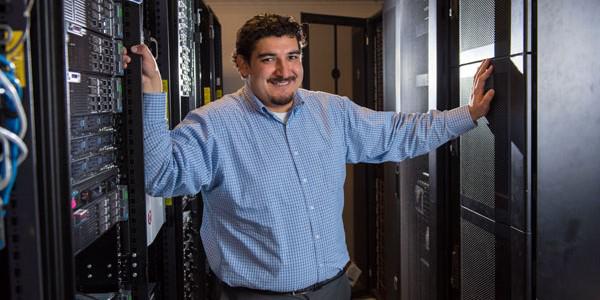
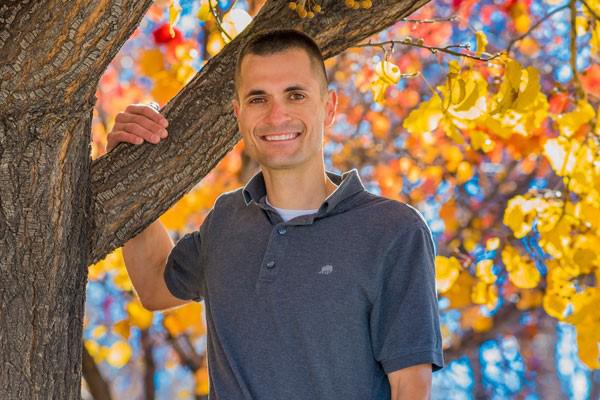

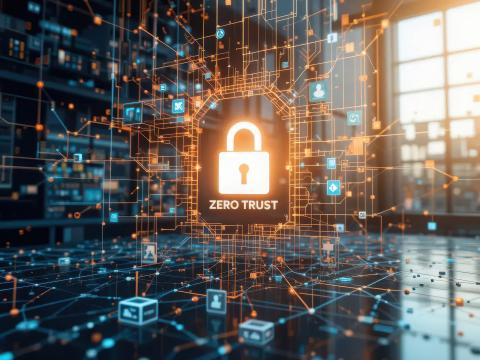
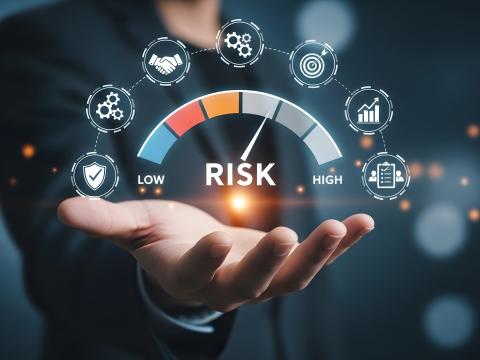
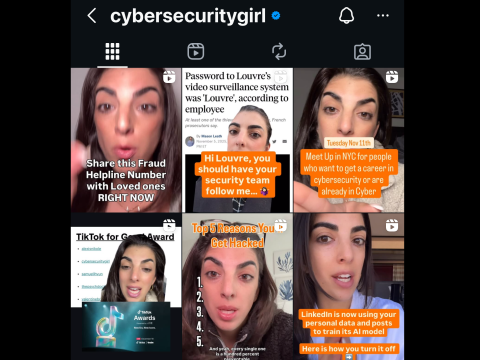
Comment
How can I can vendor access?
How can I can vendor access?
Comments